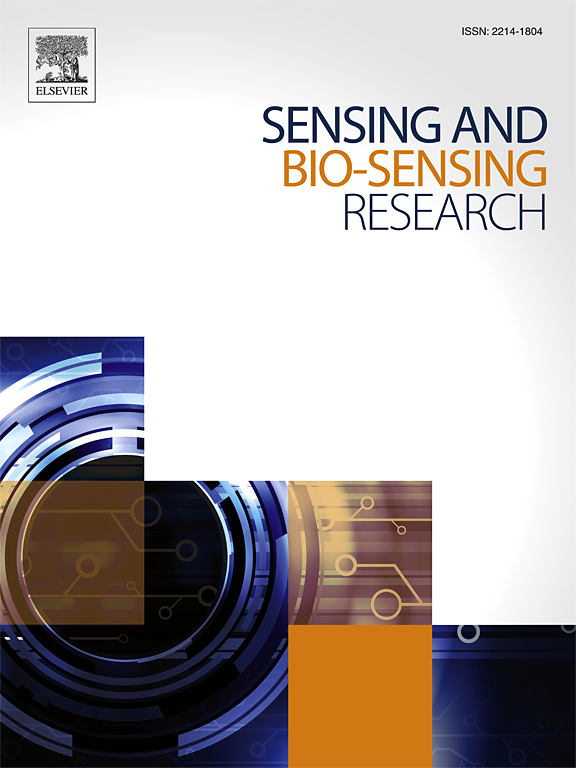Advancements in synthesis of Molecularly Imprinted Polymer (MIPs) for highly selective alcohol sensors
IF 5.4
Q1 CHEMISTRY, ANALYTICAL
引用次数: 0
Abstract
Highly selective alcohol detection systems are being developed for use in the food, pharmaceutical and clinical industries, as well as for rapidly growing alcohol fuel sector. Several methods, including chromatography, refractometry, and spectroscopy, have been reported for determining alcohol content in various samples. Molecularly Imprinted Polymer (MIPs) is a highly selective polymer with active recognition sites in the form of cavities that can specifically bind to target molecules, including alcohol compounds. The use of MIPs in combination with alcohol targets is advantageous due to their reusability and high selectivity. Most existing studies have primarily focused on the synthesis of MIPs using large, non-volatile molecular templates. Therefore, this review focuses on the synthesis of MIPs using various types of alcohol as templates and their application in alcohol detection. It covers the definition, key components, synthesis approaches, and different methods of MIP synthesis, as well as the detection of alcohol using conventional techniques and the application of MIPs for alcohol detection in various sample types.
高选择性酒精传感器分子印迹聚合物(MIPs)的合成研究进展
正在开发用于食品、制药和临床工业以及快速增长的酒精燃料部门的高选择性酒精检测系统。几种方法,包括色谱法、折射法和光谱学,已被报道用于测定各种样品中的酒精含量。分子印迹聚合物(MIPs)是一种高度选择性的聚合物,具有以空腔形式存在的活性识别位点,可以特异性地结合目标分子,包括酒精化合物。由于其可重复使用和高选择性,MIPs与醇靶结合使用是有利的。大多数现有的研究主要集中在使用大的、非挥发性的分子模板合成MIPs。因此,本文综述了以不同类型醇为模板的MIPs的合成及其在酒精检测中的应用。它涵盖了MIP合成的定义、关键成分、合成方法和不同方法,以及使用常规技术检测酒精和应用MIP在各种样品类型中的酒精检测。
本文章由计算机程序翻译,如有差异,请以英文原文为准。
求助全文
约1分钟内获得全文
求助全文
来源期刊

Sensing and Bio-Sensing Research
Engineering-Electrical and Electronic Engineering
CiteScore
10.70
自引率
3.80%
发文量
68
审稿时长
87 days
期刊介绍:
Sensing and Bio-Sensing Research is an open access journal dedicated to the research, design, development, and application of bio-sensing and sensing technologies. The editors will accept research papers, reviews, field trials, and validation studies that are of significant relevance. These submissions should describe new concepts, enhance understanding of the field, or offer insights into the practical application, manufacturing, and commercialization of bio-sensing and sensing technologies.
The journal covers a wide range of topics, including sensing principles and mechanisms, new materials development for transducers and recognition components, fabrication technology, and various types of sensors such as optical, electrochemical, mass-sensitive, gas, biosensors, and more. It also includes environmental, process control, and biomedical applications, signal processing, chemometrics, optoelectronic, mechanical, thermal, and magnetic sensors, as well as interface electronics. Additionally, it covers sensor systems and applications, µTAS (Micro Total Analysis Systems), development of solid-state devices for transducing physical signals, and analytical devices incorporating biological materials.
 求助内容:
求助内容: 应助结果提醒方式:
应助结果提醒方式:


